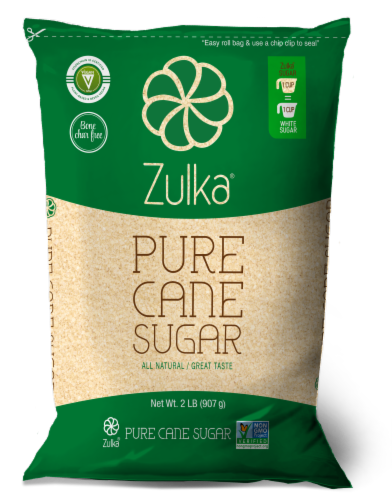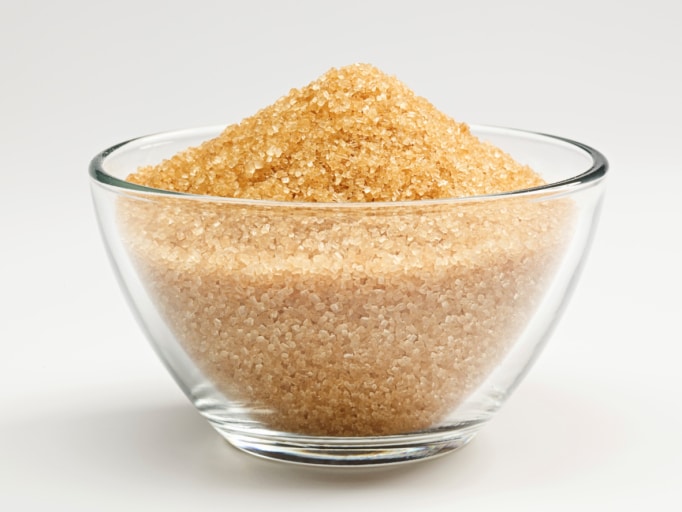Cane Sugar Processing: Traditional Methods and Modern Innovations
Cane Sugar Processing: Traditional Methods and Modern Innovations
Blog Article
Discovering the Comprehensive Tips Associated With Cane Sugar Processing From Harvesting to Improvement
The procedure of walking cane sugar manufacturing encompasses a series of detailed steps, beginning with the cautious harvesting of sugarcane and finishing in the improvement phases that make certain the last item fulfills industry requirements. Each stage, from the removal of juice to the filtration and condensation processes, plays a vital function in establishing the high quality and personality of the sugar.
Harvesting Sugarcane
Gathering sugarcane is a crucial action in the cane sugar processing chain, as it straight affects the quality and yield of the end product. Appropriate timing and methods are important throughout this phase to make certain optimal sugar web content and decrease losses. Generally, sugarcane is gathered when it gets to maturity, normally 12 to 18 months after planting, identified by a high sucrose focus.

Post-harvest, the sugarcane has to be refined quickly to stop sucrose destruction. Ideally, harvested cane needs to be transported to processing facilities within 1 day to protect sugar top quality. Therefore, effective logistical planning is essential to preserve the integrity of the harvested crop throughout the supply chain.
Removal Refine

The crushed cane goes through a series of pressing operations to optimize juice healing. Commonly, warm water is splashed onto the smashed cane, developing a countercurrent flow that helps liquify the sugar while likewise assisting in the extraction process. The juice collected from this procedure has not just sugar but likewise numerous organic compounds and impurities.

To improve removal performance, some centers may use diffusion methods, where the sugarcane is soaked in hot water, enabling the soluble sugars to diffuse right into the liquid. The resulting juice, rich in sucrose, is then guided to subsequent handling stages, laying the structure for filtration and improvement. The removal procedure is therefore critical in determining the high quality and return of the last sugar product.
Filtration Methods
The filtration techniques employed in walking cane sugar processing are crucial for transforming the raw juice into a high-quality sugar item. These techniques mainly intend to get rid of contaminations, such as dirt, plant products, and inorganic materials, which can detrimentally impact the end product's taste and color.
This process involves including lime and warmth to the raw juice, which promotes the coagulation of impurities. In addition, the use of phosphoric acid can enhance the information procedure by more binding contaminations.
An additional considerable strategy is carbonatation, where co2 is presented to the made clear juice. This reaction creates calcium carbonate, which captures staying contaminations and promotes their removal.
In addition, turned on carbon treatment may be put on adsorb any remaining colorants and organic contaminations, making certain a more polished product. The combination of these approaches successfully prepares the sugar juice for succeeding steps in the refining procedure, setting the stage for the manufacturing of high-grade walking cane sugar.
Formation Methods
After the filtration phase, the following important action in walking cane sugar processing entails formation approaches, which play a pivotal duty in transforming the made clear juice right into strong sugar. This procedure commonly employs 2 main techniques: spontaneous condensation and controlled condensation.
In spontaneous formation, supersaturated sugar remedies are enabled to cool down naturally, causing the development of sugar crystals over time. This method is simpler yet may lead to irregular crystal sizes and lower purity levels. On the various other hand, managed condensation is an extra accurate strategy where seeding, temperature, and concentration agents are diligently taken care web of. This technique permits for the consistent development of sugar crystals and greater pureness.
During crystallization, the cleared up juice is focused with evaporation, boosting its sugar material till it gets to supersaturation. As soon as this factor is attained, either approach can assist in the formation procedure. Cane Sugar Processing. The resultant sugar crystals are then divided from the continuing to be syrup through centrifugation
Inevitably, the option of crystallization approach affects the quality, dimension, and purity of the final sugar product, making this step vital in the general walking stick sugar processing procedure.
Improvement and Packaging
How can the pureness and high quality of walking cane sugar be even more boosted after crystallization? The improvement process plays an essential duty in attaining top notch cane sugar.
Following, the sugar is subjected to a process called centrifugation, where it is rotated at broadband to separate the purified sugar crystals from the continuing to be liquid. After centrifugation, the sugar is often further improved with an approach called carbonization or phosphatation, which uses activated carbon or phosphoric acid to eliminate color and off-flavors.
Once improved, the sugar is dried to achieve the wanted dampness content, making sure that it stays secure throughout storage and transportation. The final action entails product packaging the refined sugar in moisture-proof and closed containers to keep its high quality and avoid contamination. Cane Sugar Processing. Appropriate packaging not just expands life span but likewise facilitates very easy handling and distribution, making certain that consumers get sugar that fulfills the greatest criteria of pureness and high quality
Conclusion
The thorough actions involved in walking stick sugar handling, from the careful harvesting of sugarcane to the detailed refinement and product packaging phases, useful link emphasize the relevance of each phase in guaranteeing premium sugar production. Optimum harvesting methods, reliable extraction techniques, and extensive purification procedures jointly add to the final item's pureness and stability. The formation and succeeding packaging methods further improve the integrity and shelf life of the sugar, highlighting the intricacy and precision intrinsic in this crucial agricultural industry.
The procedure of walking stick sugar production incorporates a series of elaborate steps, beginning with the cautious harvesting of sugarcane and finishing in the refinement stages that guarantee the click reference final item satisfies sector requirements. Preferably, harvested cane ought to be delivered to refining centers within 24 hours to maintain sugar quality.In spontaneous condensation, supersaturated sugar services are permitted to cool naturally, leading to the formation of sugar crystals over time - Cane Sugar Processing. The refinement procedure plays an important duty in accomplishing top quality walking cane sugar.The detailed steps entailed in cane sugar processing, from the thorough harvesting of sugarcane to the elaborate improvement and packaging stages, emphasize the value of each stage in making sure premium sugar production
Report this page